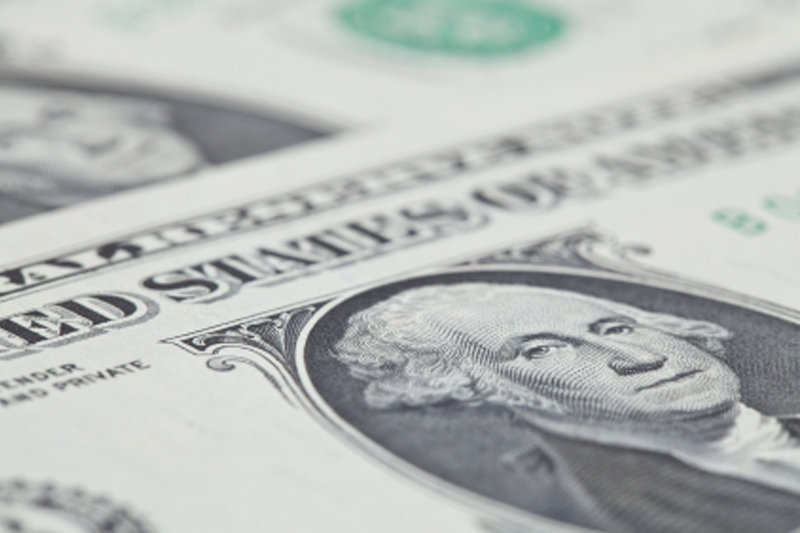AlphaTON stock soars 200% after pioneering digital asset oncology initiative
Investing.com - The U.S. dollar slipped back Friday, handing back some of the previous session’s strong gains ahead of monthly retail sales data and a meeting between U.S. President Donald Trump and Russian President Vladimir Putin.
At 04:15 ET (08:15 GMT), the Dollar Index, which tracks the greenback against a basket of six other currencies, traded 0.4% lower at 97.750, after sharp gains the prior session.
Repricing of Fed expectations
Trump and Putin are set to hold talks in Alaska later in the session to try and negotiate an end to the war in Ukraine - a conflict that has raged for over three years, and has severely disrupted the global supply chain, resulting in inflated commodity prices and a substantial hit to global growth.
“Trump has defined this as a ‘feel-out’ meeting and said there will likely be talks with European allies and Ukraine after this summit,” said analysts at ING, in a note. “This suggests that while we could see some draft plan for a ceasefire tonight, markets may treat it with some caution.”
“Trump has also said there is a “25%” chance nothing will be agreed today. That would be the most bullish scenario for the dollar, which could otherwise still come under a bit more pressure from geopolitical risk unwinding.”
While the meeting in Alaska could be a turning point for the Ukraine conflict, it’s unlikely to have the impact on the dollar that macroeconomic data has of late.
“After the PPI spike yesterday, there has been some hawkish repricing of Fed expectations, and the balance of risks for the dollar is now more balanced,” added ING.
Bets on a 25-basis-point cut by the U.S. central bank in September remain very high, but the chance of a hefty 50 bps cut seems to have disappeared.
Traders will also keep an eye on the July retail sales release later in the session, looking for signs that the American consumer was starting to hold back on purchases.
Euro looks to Ukraine peace talks
In Europe, EUR/USD gained 0.3% to 1.1682, bouncing after falling around 0.5% in the previous session.
“The Trump-Putin meeting and any better clarity on the path ahead in the Ukraine conflict have longer-lasting implications for the euro than for the dollar,” said ING.
That said, “the repricing in Fed cut expectations is hindering the chances of another major leg higher. The next U.S. data releases will determine whether a return to 1.180 is feasible in the near future.”
GBP/USD traded 0.2% higher at 1.3556, after falling around 0.3% in the previous session.
Yen gains on solid GDP data
Elsewhere, USD/JPY traded 0.5% lower to 147.11, after data showed that Japan’s economy expanded more than expected in the second quarter, as exports and capital spending remained resilient despite U.S. tariff pressures.
The stronger-than-expected outcome bolstered the case for the Bank of Japan to consider further tightening.
USD/CNY rose 0.1% to 7.1833, with the yuan slipping slightly after data showed that Chinese industrial production in July fell short of expectations as overseas demand waned following earlier front-loading due to U.S. tariffs.
Retail sales figures from the world’s second-largest economy also came in below expectations in July amid weakness in consumer spending.
AUD/USD gained 0.4% to 0.6514, with the Aussie dollar bouncing after the previous session’s losses.
